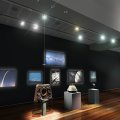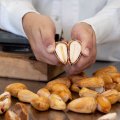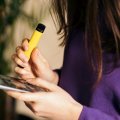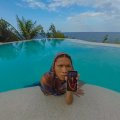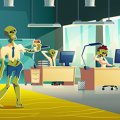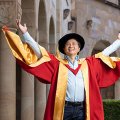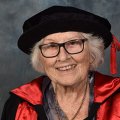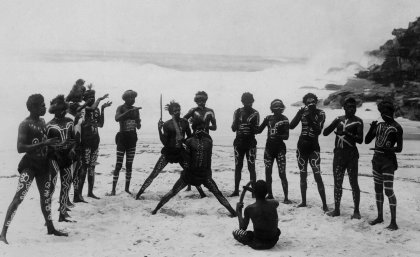
The members of a 19th century Aboriginal and Torres Strait Islander performance troupe are being remembered in an exhibition at The University of Queensland’s Anthropology Museum.
A valuable historical collection of photos of the troupe, taken by leading studio photographers of the day, forms the basis of the museum exhibition that opens on Monday.
Scandals of financial incompetence and accusations that performers were held in chains dogged the troupe’s 1892-3 Australian tour, dashing organiser Archibald Meston’s grand plans to take the Wild Australia show around the world.
UQ Aboriginal Environments Research Centre Director Professor Paul Memmott identified the performers through photographic archives, press clippings and consultation with linguists.
“These visually compelling portrait images are mostly of men, as there were only four women and one child in the troupe of 27 people,” he said.
Professor Memmott and Queensland Museum curator Michael Aird brought the exhibition together after more than 30 years of collecting, researching and studying historical photographs of Aboriginal and Torres Strait Islander people.
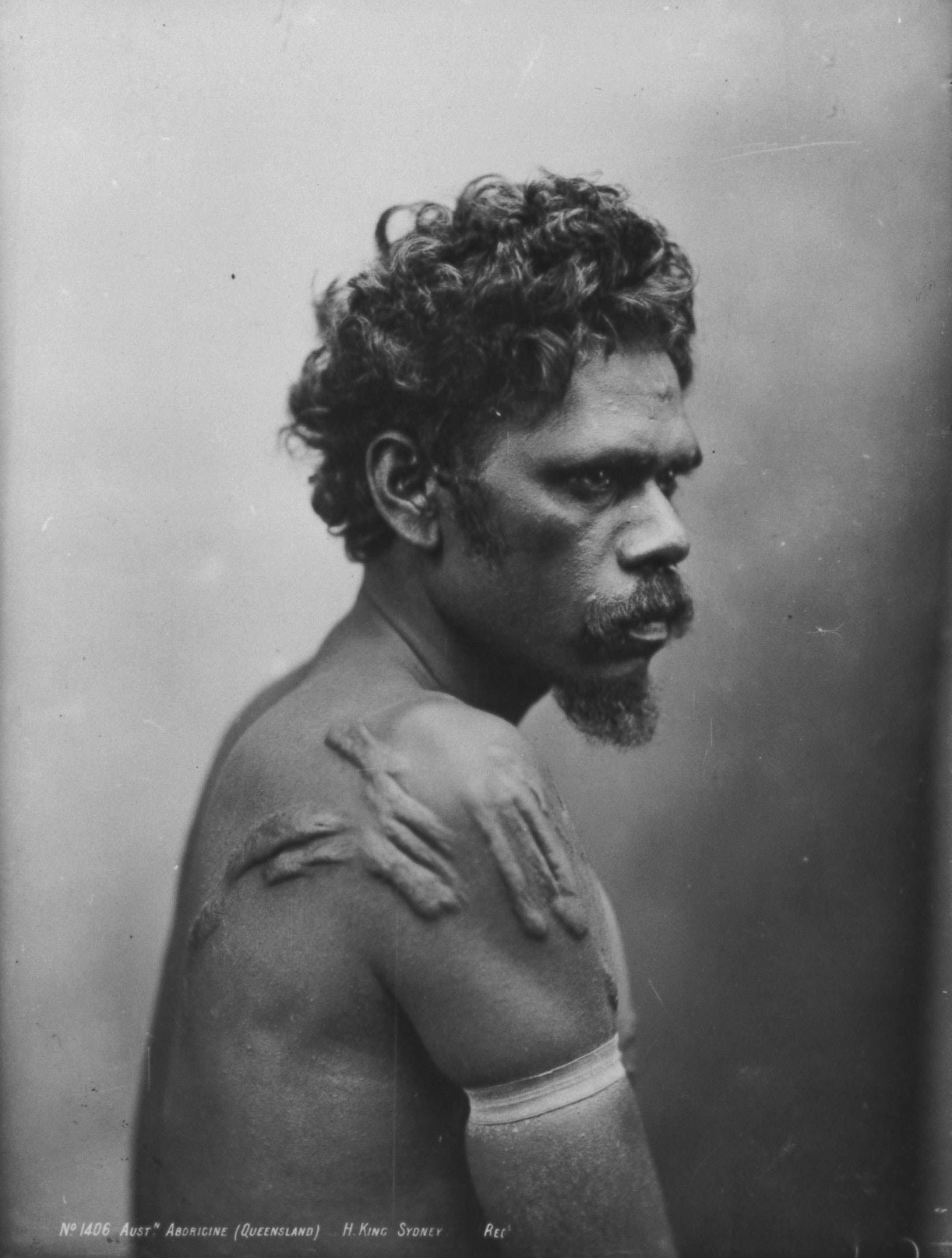
Mr Aird, a visual anthropologist, said he had been intrigued by images of the Wild Australia troupe since he first came across them after graduating from UQ with a Bachelor of Arts in Anthropology in 1990.
“The exhibition, which takes the same title of Meston’s show of more than 120 years ago – Wild Australia – gives human dignity to the names and faces of the people in the photographs,” Mr Aird said.
“Their strength of spirit and determination are evident in the gazes of the portrait subjects.”
The earliest known photo of the troupe was taken in 1892 at St Lucia in Brisbane, where the members gathered for a dress rehearsal.
They had come from the Indigenous groups of Wakaya, Kuthant, Kurtjar, Arapa, Walangama, Mayikulan, Kabi Kabi, Kalkadoon and Muralag.
The photographers – Charles Kerry and Henry King in Sydney and John William Lindt in Melbourne, were leading studio photographers.
Anthropology Museum director Dr Diana Young, who commissioned the exhibition, said it was an important contribution to Australian history.
“As a visitor, you have the opportunity to engage with the presence of each person and create a kind of intimacy across time and space, though sometimes this may be discomforting,” Dr Young said.
Meston – who was also a politician and a journalist – included lectures in the Wild Australia show, promoting his “racial engineering” scheme of putting Aboriginal people in “protection reserves” and separating mixed-race children.
His plan to take the “patronising and exploitative” show to one of the Victorian era’s international World Exhibitions failed, Professor Memmott said.
Meston became Southern Protector of Aboriginal People, presiding over the removal of hundreds of Aboriginal people from their lands in the centre, south and south-west of Queensland, moving them to near-coastal reserves in south-east Queensland.
Professor Memmott, an anthropologist and architect, has worked with Indigenous communities for more than 40 years.
He has a joint professorship with UQ’s Institute for Social Science Research and the UQ School of Architecture.
The exhibition’s photographs were supplied by institutions in Queensland, New South Wales and the UK.
More information on the Wild Australia photographic exhibition is available here.
Listen to an ABC Radio National interview on the exhibition here
Media: Honor Morton, 0405 244 874, honor.morton@uq.edu.au.

